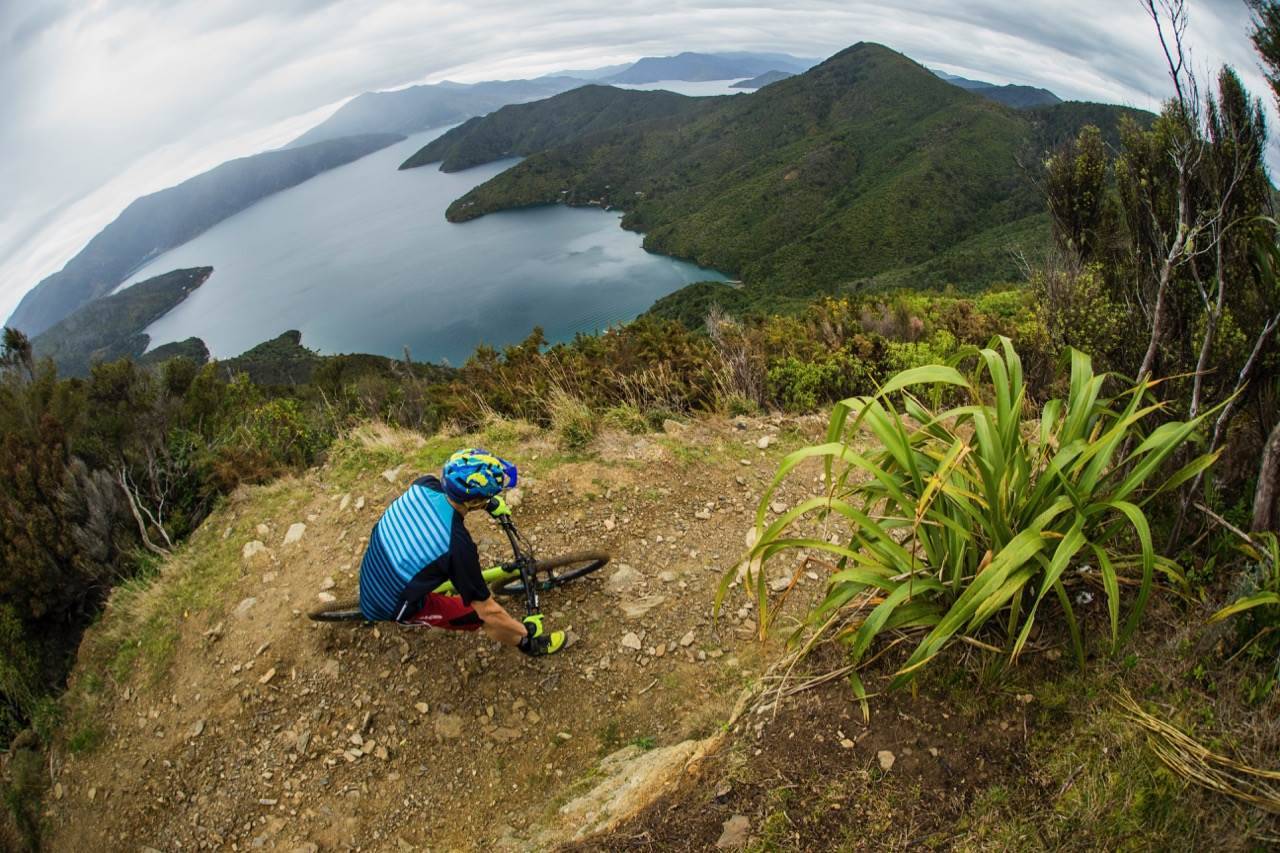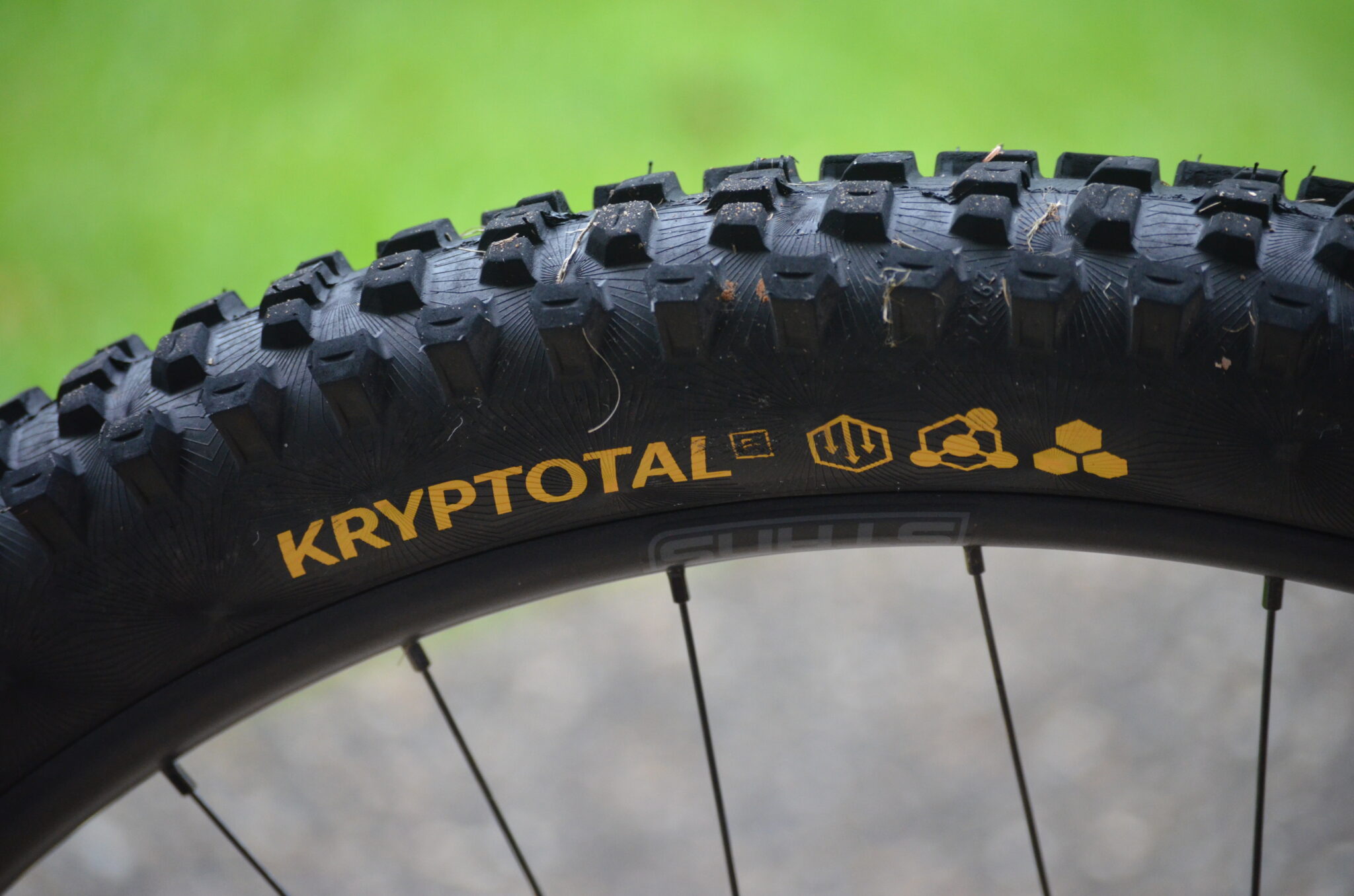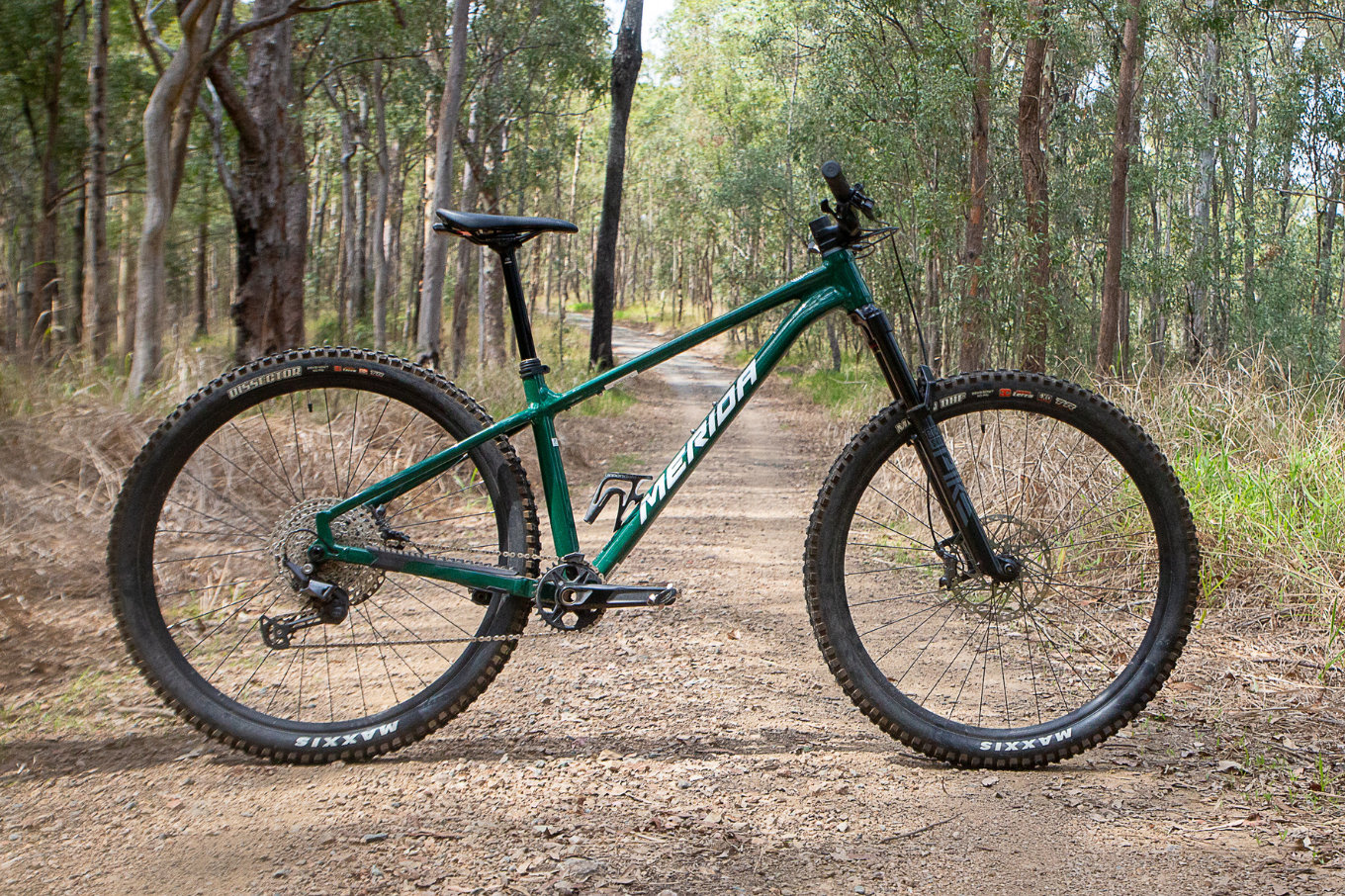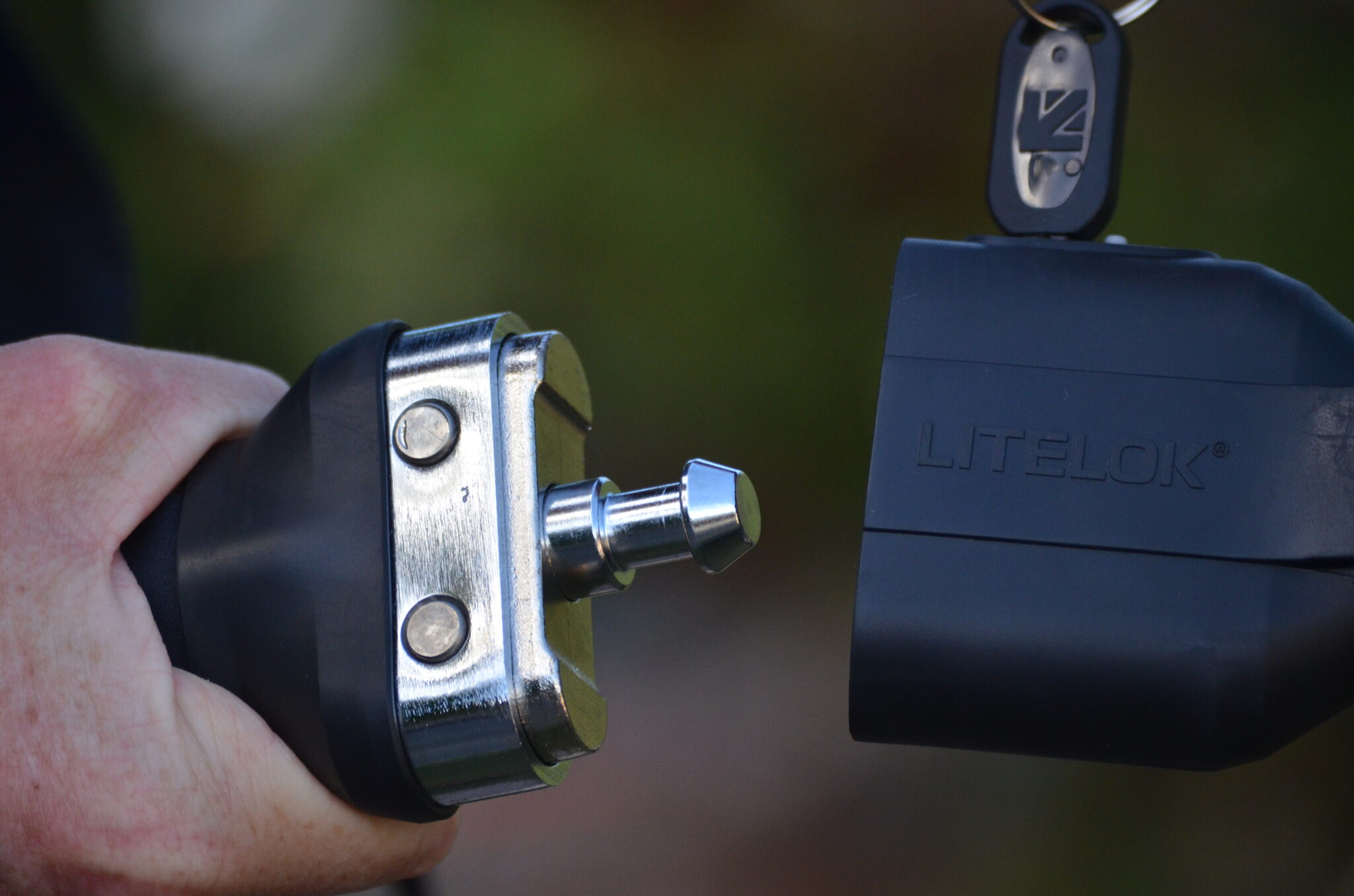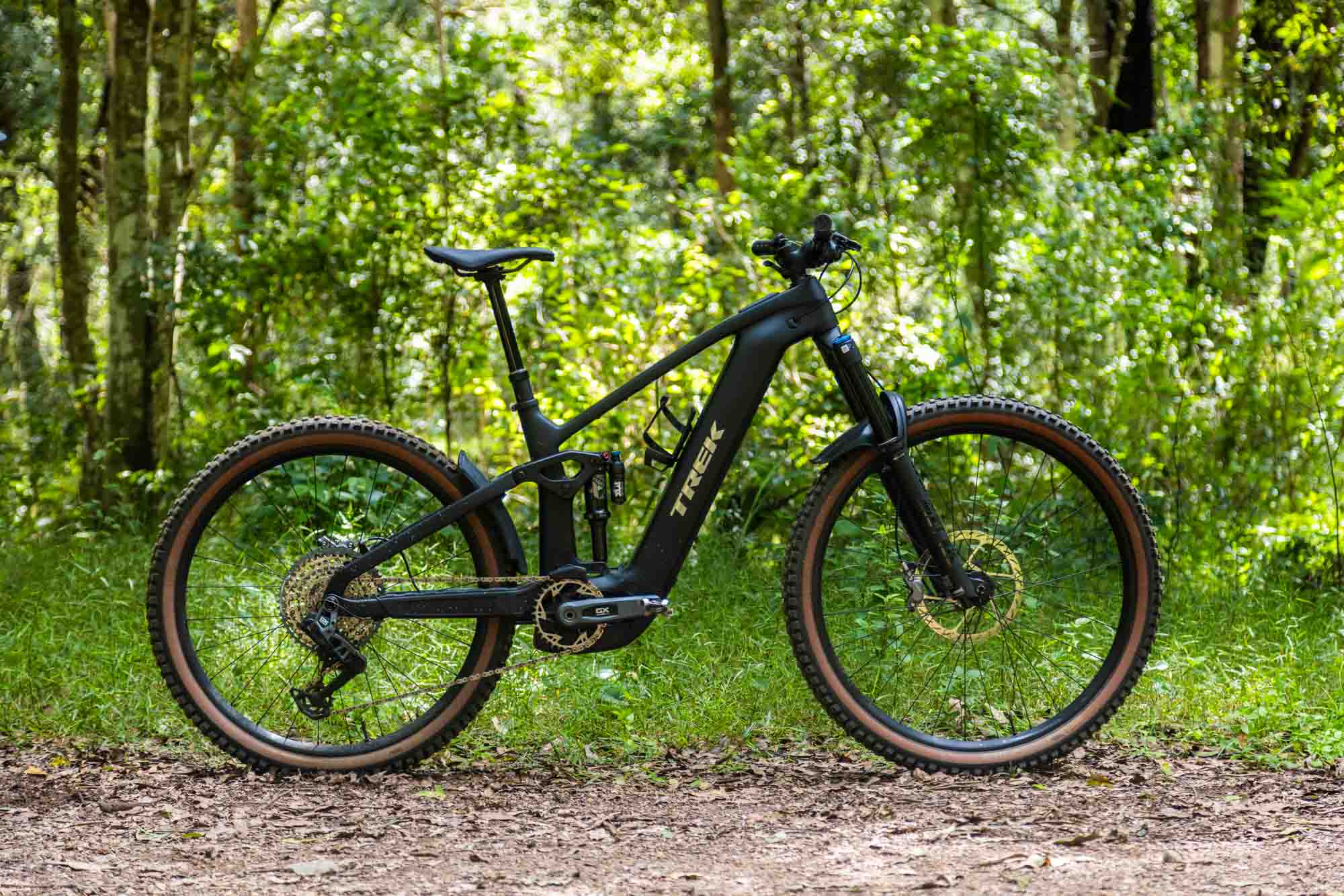Training Camp: Using long weekends to find form
Smash through a long weekend training camp with this block training guide!
Words: Anna Beck Photos: Tim Bardsley-Smith
Public holidays and closures around the festive season are great reasons to get together with some mates and have a multi-day training camp adventure to reap the benefits of crash or block training.
What is crash, or block training? In essence, block training or crash training is a short period of days, or a week, that features much greater intensity or endurance than you’re acclimated to. For example, if you only really ever do two days back to back, a long weekend is perfect to extend this, and increase the overall duration or intensity for these three days.
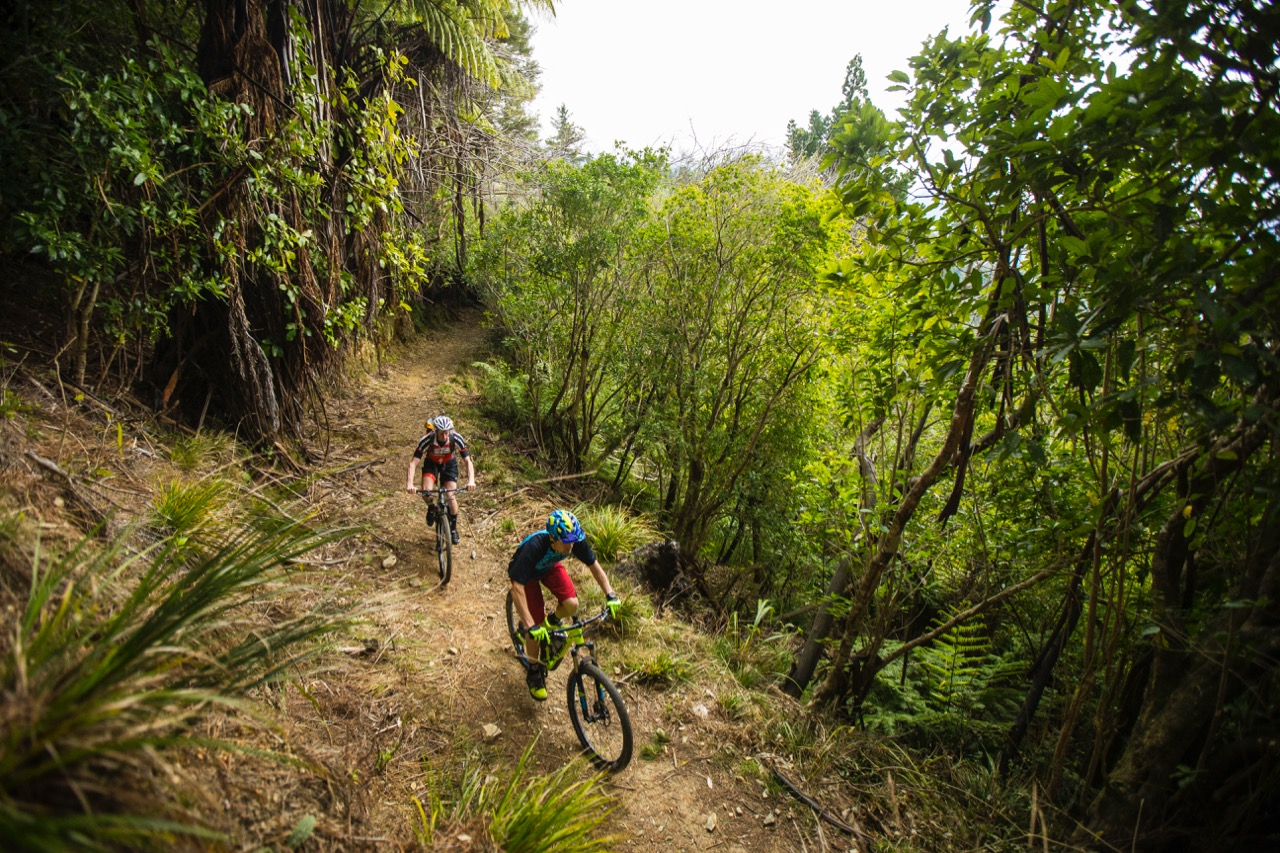
Another way to reap the benefits of a crash training session or block training is to use a stage race strategically within the season, often a great option 3-6 weeks out from the main race.
The benefits of this ‘crash’ training include:
-Improved ability to recover
-Fatigue tolerance (especially important for multi day events!)
-Improved lactate tolerance
-improved mental toughness
This is in addition to the overall fitness load gains and benefits of the individual sessions themselves.
Having put a few of these together and coached at development camps, here are a few ideas and tips and tricks to make the most out of your cycling summer camp of crash training.
Know what you’re trying to achieve
If your goal events are several months away, it’s probably a good time to put the emphasis on skills and endurance rather than race specific efforts. While improving your race craft at any time can only be a good thing, doing back to back hard sessions early in the season is probably of less value than some good old fashioned base miles.
Like all aspects of coaching, the key principles apply here too. If you’re in base-building stages, a few longer days can really help develop some training load, and skills are important in this phase too.
Alternatively, if you’re heading towards a race season, some early to mid build-phase training camp is an excellent way to boost your form, with some race start efforts with your mates, some VO2 specific work, and maybe a longer day to tie it all in.
Structure and Location
While riding for five hours a day for three days can be a way to get some gains, for most people completing 15 hours in three days is a recipe to end up in a big, dark hole, and the required time to recover from this level of overreaching can often negate the benefits gained. To assess a suitable amount of time and training load, look at the load of the most recent work weeks (not including recovery weeks). For a three day camp, you can reasonably manage the same load in the camp period (for example, 9 hours or 500TSS depending on what metric you’re using).
In order to get the most out of the camp, structure it in a fatigue resistant manner ie: do the hard stuff first, and finish with the less-intense endurance rides (note: unless training for a multi day race in the early to mid-build period, in which case performing harder efforts on subsequent days could be beneficial).
While staying at home is no issue if you have the terrain to train on, in the warmer months there’s nothing better than heading somewhere coastal, with good trails, for training and a break. Plus, there’s often little resistance from riding mates when you mention heading to Noosa for three days of riding.
Make sure you have a good understanding of the local training terrain; are the trails adequate for what you’re trying to achieve? A more gravity specific camp would require technical challenges, while a marathon specific camp may be better suited to a location with some epic climbs and longer point-to-point trails.
Keep it social
While you can create your own training camp as a solo rider, the joy and fun of camps is found with mates, either at home or away. It’s much easier to push yourself in efforts against mates or grovel through a 4-6 hour ride with someone to chat to. This comes into its own with specific efforts like race starts, and skill-based sessions, where extra feedback and motivation can be incredibly beneficial.
Plus, there is nothing like peer pressure to get you to engage in good recovery techniques such as stretching, yoga and even cold-water immersion!
Be Prepared
Big bike rides and double sessions mean big food; get shopping and ready for a lot of eating. In the midst of a training camp is not the time to lose weight: fuelling yourself is very important to back up multiple days and reap the physiological gains of the training block. Planning ahead for meals and snacks–and if having an ‘away’ camp, figuring out some restaurants for dinner or lunch out–takes away the stress of decisions and the temptation of less nutritious ‘junk’ options.
Being prepared also means having a plan for rides, and for time off the bike. Staying near the beach offers a perfect opportunity to do some cold-water recovery therapy, or alternatively a pool is a great option as well. Packing other recovery aids like foam rollers, trigger point balls and yoga mats is also really helpful; just make sure you don’t hijack all the gains from the on the bike sessions by hitting the pub.
Likewise, even the best efforts can be derailed by mechanical issues, ensure you have all reasonable spares (tyre/hanger/tubes) if you’re away, and check out if there are any bike shops locally in case of extreme misadventure.
Recover Like a Pro
As we have said time and time again, training is just part of the equation to cycling success. The other half of the equation is adequate recovery, and the need for recovery is intensified by multiple back-to-back days and longer and/or harder sessions.
It is important not to sabotage the weekend by turning it into a booze-cruise. Integrate good nutrition, some cold-water immersion, stretching and foam rolling to get you racing up for the next session. Another idea I have used previously was aligning with a local yoga provider and getting the riders to do a yoga session, which covers physical and mental recovery, and is a bit of an away from home treat.
Block training is hard work, and it’s recommended that for each day in the camp/block training period, you have an additional day recovering at the end of the block. At minimum. Preferably lining it up prior to a recovery week would be the way to go when scheduling the camp.

Have fun!
Remember, a happy rider is a fast racer. Sure, riders have won races tired and stressed but no one will deny that a happy racer is a fast racer. So enjoy the company and the riding and reap the performance benefits of block training.
Mid-build Training Camp: XCO Elite Riders – average hours over past three ‘on weeks’ 10hrs
Friday
AM: 90min session: Skills Based session using gravity-style trails
Recovery Session: Swim, stretch and foam roll, lunch, rest
PM: 90min session: VO2 Max Intervals: Handicap Session (riders complete 6x3min VO2 Max efforts, taking off at 15 second intervals along fire-road or non-technical trails from least strong to most strong rider) 3min recovery between intervals.
Evening: Dinner, yoga
Friday total: 3hrs
Saturday
AM: 120min Trail Ride Session including race simulation/mountain bike time-trail efforts on XCO course terrain (3x15min ‘XCO’ laps with race-start simulation to begin each effort). 3-5min recovery between efforts.
Recovery Session: Swim, stretch and foam roll, lunch, rest.
PM: 60min easy recovery roll prior to dinner.
Evening: Dinner, yoga
Saturday Total: 3hrs
Sunday
AM 240min Endurance ride with varied terrain.
Recovery Session: Swim, stretch and foam roll, lunch, rest.
PM: no session
Sunday Total: 4hrs
Total Crash Training Camp Total: 10hrs
Base Training Camp for XCM/Stage Race riders (average hours over past three ‘on weeks’ 10hrs)
Friday
AM: 90min session: Skills Based session using technical XC and gravity-style trails
PM: 90min hill Session including 4x10min muscular endurance/ low cadence efforts
Saturday
AM: 120min Trail Ride Session including 3x20min sub threshold climbs/efforts
PM: Recovery
Sunday
AM: 240min Endurance ride with varied terrain.

